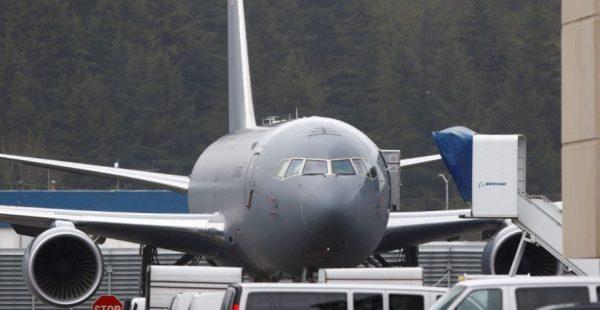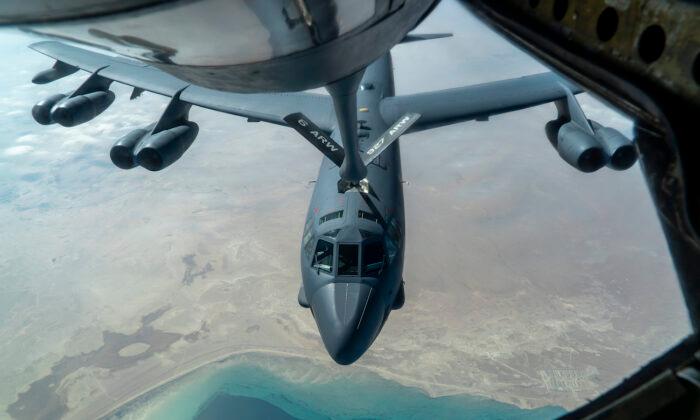Lockheed Martin and Airbus announced on Jan. 31 that it will join forces to build midair refueling tankers for the U.S. Air Force in Alabama and Georgia if their aircraft design is chosen over the one proposed by rival Boeing.
A win for the two aerospace partners may potentially create at total 1,300 new jobs split between both states, said Larry Gallogly, Lockheed’s project head at a press conference.Aircraft executives and local politicians announced the decision during ceremonies at facilities in Mobile, Alabama, which has 15,000 employees and in Marietta, Georgia, where Airbus currently builds commercial jetliners with 5,000 employees.
The two companies plan to expand their sites to assemble the aircraft in Mobile before flying them to a Lockheed factory in Marietta, Georgia, where workers will install special military refueling and electronic equipment.
Airbus will have to expand its facilities in Mobile to accommodate widebody aircraft production, but Lockheed already has existing hangers previously used for the large C-5 military cargo plane.
The Air Force has sought to replace its hundreds of aging KC-135 tankers from the 1950s that are still in service, in three separate tranches.
Boeing currently has an Air Force contract to build up to 179 KC-46 tankers, which are converted Boeing 767 airliners, but the company has struggled with design and quality-control setbacks, leading to delays and $5.4 billion in losses.
The first round of Boeing built KC-46 Pegasus aircraft has been plagued by performance challenges, including defects with on-board video systems and the flying boom that attaches an aircraft to a tanker during midair refueling.
The Air Force announced in June 2021 that it intends to buy a second round of up to 160 refueling tankers over the next decade, reigniting a fierce longtime battle between rivals Airbus and Boeing.
The Pentagon has been reviewing the aircraft industry to determine whether other manufacturers could make the next installment of midair refueling tankers similar to the recently purchased KC-46.
The European based Airbus had earlier won a $35 billion contract in a partnership with Northrop Grumman in 2008 to build tankers for the Air Force based on the Airbus A330.
However, the deal was overturned by government auditors amid domestic political pressure, with U.S. firm Boeing ultimately winning the contract for its 767-based tankers after further trials.
The second round of KC-46 Pegasus contracts is expected to be awarded in late 2024 or in 2025.
Boeing has said it will enter a bid in the new competition, but has not said what aircraft model it will pitch.
The American aerospace giant has hopes to clinch the second tranche of KC-46 Pegasus planes, as well as for the third round that is to be announced in the 2030s.
Lockheed and Airbus have branded their design of the new tanker as the LMXT, which would be a new version of Airbus’s Multi Role Tanker Transport, or MRTT—an A330-based tanker built in France and Spain, and flown by 14 militaries worldwide.
“It’s important to us that this be built in America by Americans for Americans. So we’re trying to source as much of the supply chain in the United States as we possibly can, recognizing and respecting that there’s a very successful existing supply chain that supports the MRTT right now,” Gallogly said.





